2022 Census in the field
In forests, in fields, in cities: time to portray the Indigenous population
August 29, 2022 10h00 AM | Last Updated: November 01, 2022 01h55 PM
Highlights
- Indigenous of the Terena ethnicity, in Aldeia Lagoinha, in Sidrolândia (MS), and of the Xokó ethnicity, in the Ilha de São Pedro villages, in Porto da Folha (SE), answer the 2022 Census in the Day of Mobilization of the Indigenous Census.
- With this story, the IBGE News Agency starts the 2022 Census in the field Special Series, showing the enumeration work in a number of Brazilian localities and in different types of enumeration areas.
- A team of journalists, designers and photographers will produce texts, infographs and audiovisual contents that portray the diversity of Brazil and of people who live here, as well as the challenges to carry out one of the largest enumerations in the world.
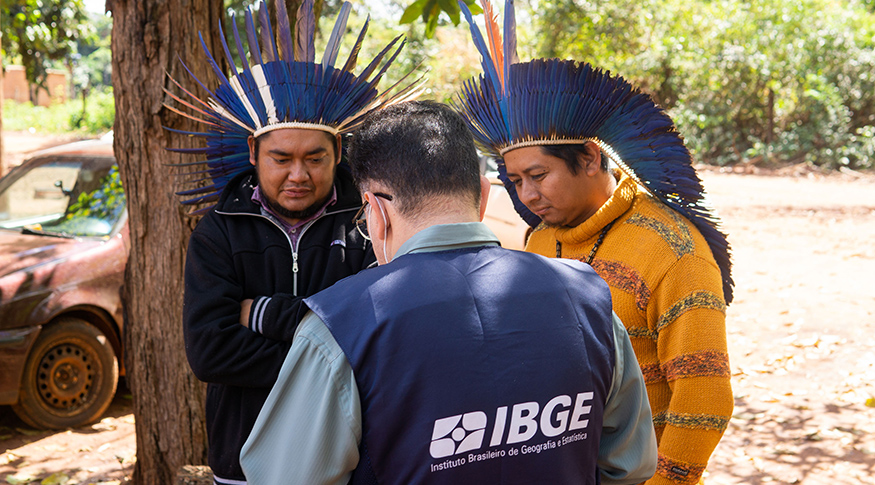
“I believe that the IBGE comes to show our reality, the expansion of our community and the future we want for it.” That was the expectation of chief Jasiel Gabriel Marcelino when he hosted the IBGE team in the morning of August 10, 2022 in Aldeia Lagoinha, 100 km far from Campo Grande, in Mato Grosso do Sul. That date nationally marked the Day of Mobilization of the Indigenous Census.
The 36-year old leader of the Terena ethnicity had already been contacted one day before by IBGE officers in the approach meeting, when he answered a specific questionnaire on the conditions of the infrastructure of the village. It is a protocol repeated in the entire country, in which the census operation and its methodology are previously introduced to the Indigenous leaders in order to mobilize their communities and streamline the work of the enumerators, who will collect the information in household questionnaires, from door to door, in the subsequent days.
“They are very welcoming,” confirms Miriam Miki, the enumerator in charge of that area. Having worked in the urban area in the 2010 Census and in the rural area in the 2017 Census of Agriculture, she was surprised with a peculiarity in the Indigenous group, spread along 150 km2. “We do not have streets here. To avoid getting lost, I will work with family cores,” reveals her.
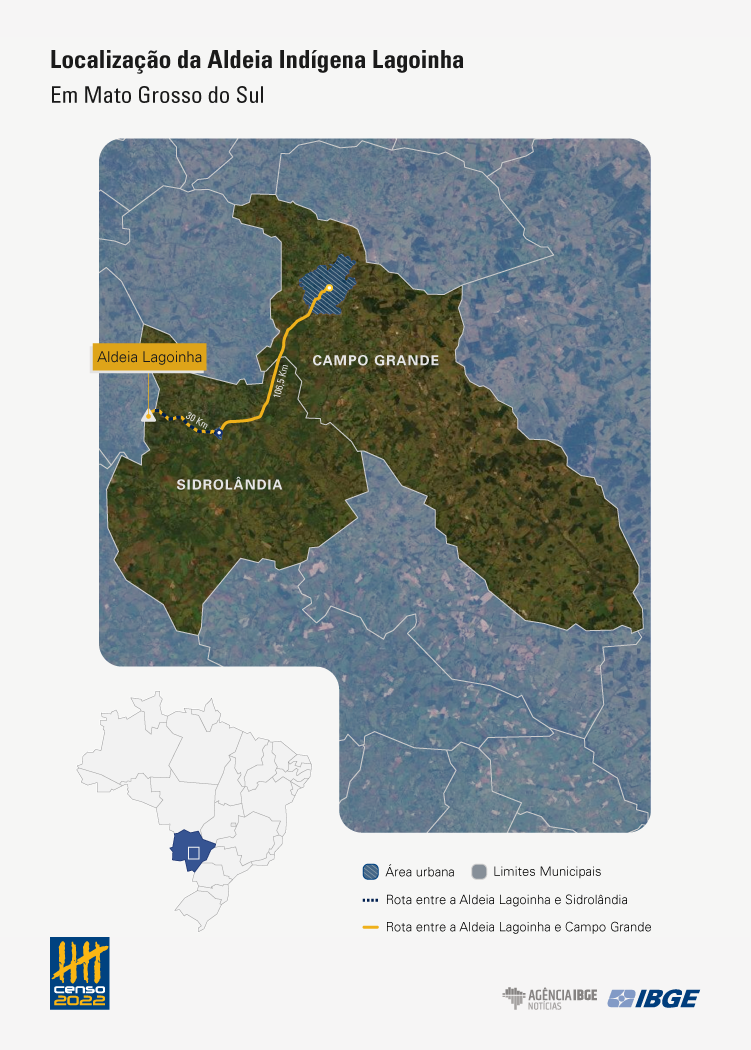
Accessed only by a dirt road from the municipality of Sidrolândia, the community houses 108 families or nearly 300 people, according to calculation of professor Elias Franco, born and raised in the village and currently working as a pedagogical coordinator in the local Indigenous school. The school is the only place in Lagoinha with Internet signal. 159 students aged between 4 and 16 years study in the four rooms. “Every child is in the school,” assures Franco, who also teaches his native language, the Terena.
The 100 brick houses built there by the residents have piped water and electricity. Yet, the official statistics of Aldeia Lagoinha, as well as those of the 632 Indigenous lands, 5,494 Indigenous groups and 977 other Indigenous localities spread in Brazil will only be known in the end of the 2022 Census.
To register that reality, the household questionnaires have questions on ethnicity, spoken languages, civil registry issues, family arrangement, religiosity, disability, education, labor, condition of the household and rooms, as well as on water, sanitation, waste destination and access to the Internet, among others. The Census in Indigenous territories lasts the same time as the census operation in the other areas, nearly three months.
News and adaptations in the enumeration of traditional peoples
Besides the approach meeting and the specific questionnaire to Indigenous leaders, the IBGE brings other new features in the enumeration of this population group. “The cartography of the Indigenous areas counted with the cooperation of the population of those localities for the first time ever,” highlights Marta Antunes, the Census coordinator in Traditional Peoples and Communities, who was also present in Aldeia Lagoinha.
The anthropologist clarifies that the questionnaire is adapted to the Indigenous territory. “As some ethnic groups live in malocas or unwalled houses, we accept that the ‘household’ does not have walls.” Another adaptation is the question on religion or cult, present in the questionnaire to the population in general. In the Indigenous territory, the question is “What is your creed, Indigenous ritual or religion?” As a result, the IBGE aims at bringing a wider characterization of the Indigenous religiosity, explains Antunes.
If a persons living in an Indigenous territory declare that their color or race is white, black, yellow or brown, a new question opens automatically in the Data Collection Mobile Device (DMC) of the enumerator: “Do you consider yourself an Indigenous person?”. According to Antunes, the question on color or race is often associated either with the phenotype or with the documentation in the civil registry. “The restricted openness brings a clearer, more direct question. Our goal is to count the entire Indigenous population living in Brazil,” reinforces her.
To map these areas, the IBGE used administrative records from other institutions and recent high-resolution satellite images. “The territories were detailed with much more precision than in 2010,” explains Miriam Barbuda, deputy director of Geosciences, stressing the planning of the 2022 operation. She also highlights the importance of cooperation agreements with governmental partners, like the National Indian Foundation (Funai) and the Special Secretariat of Indigenous Health (Sesai).
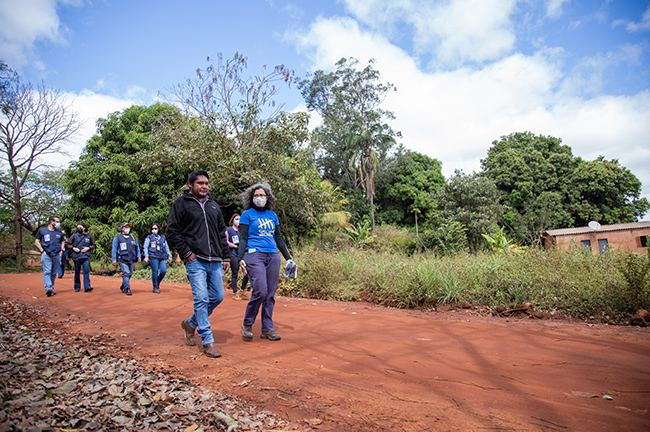
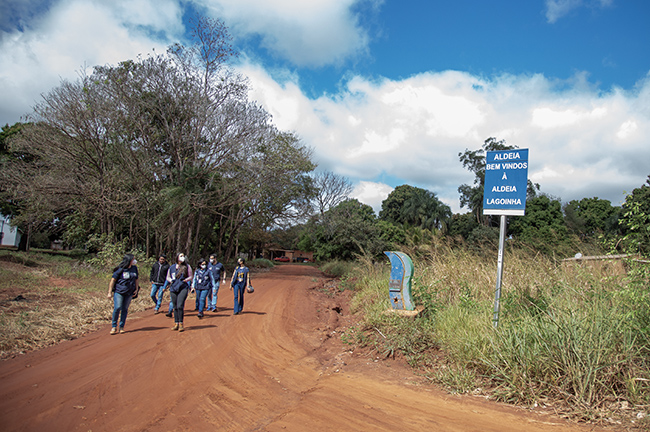
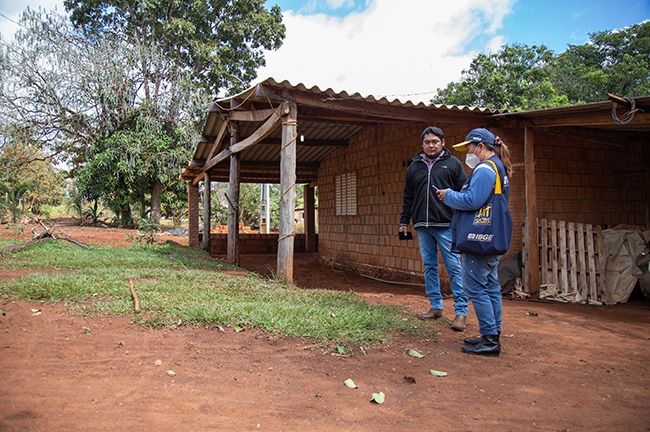
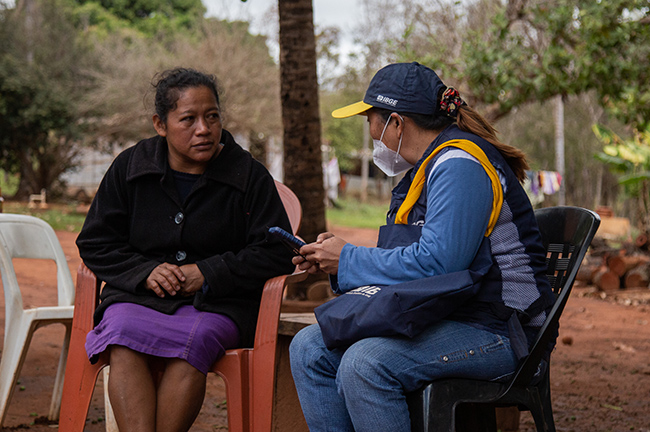
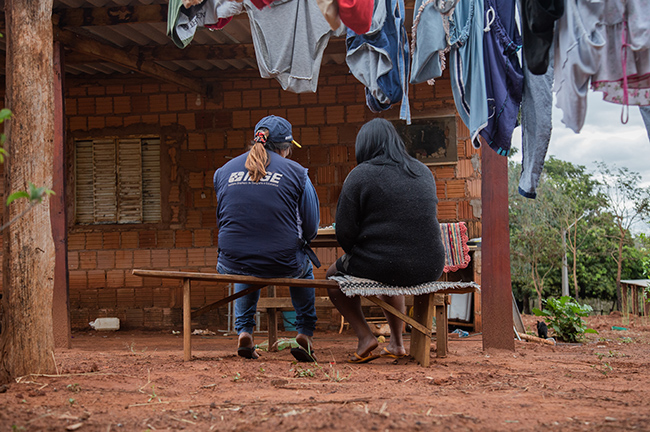
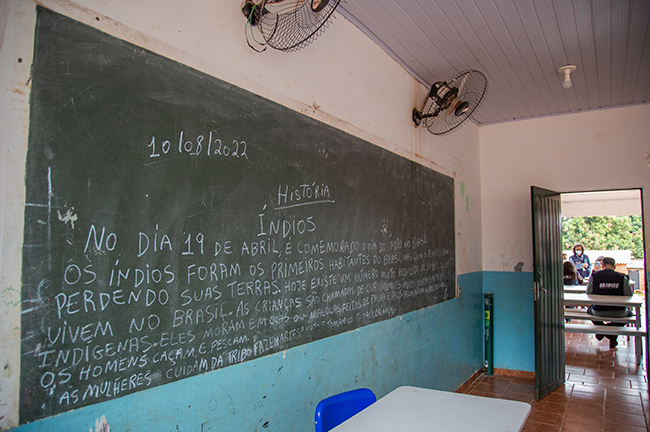
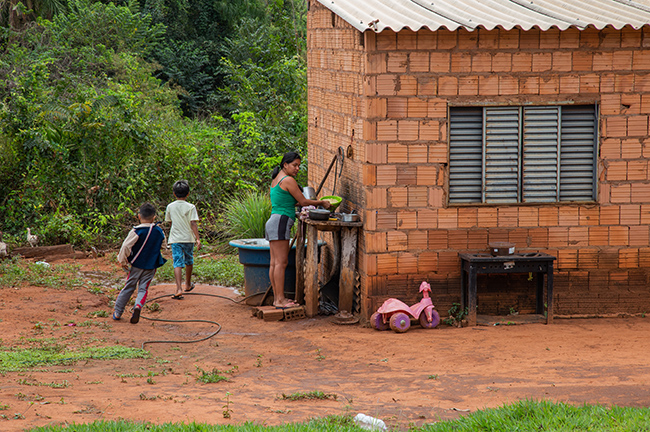
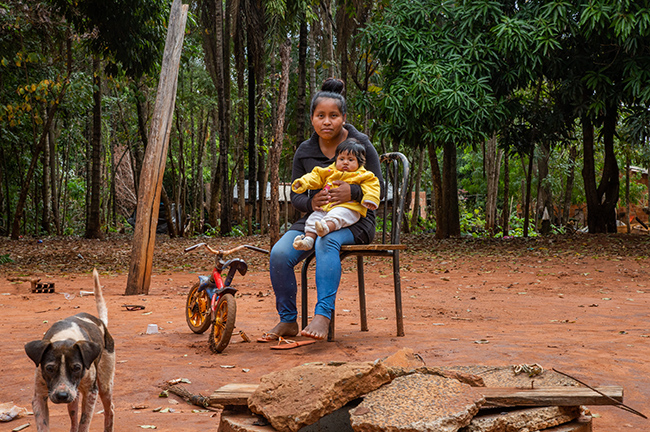
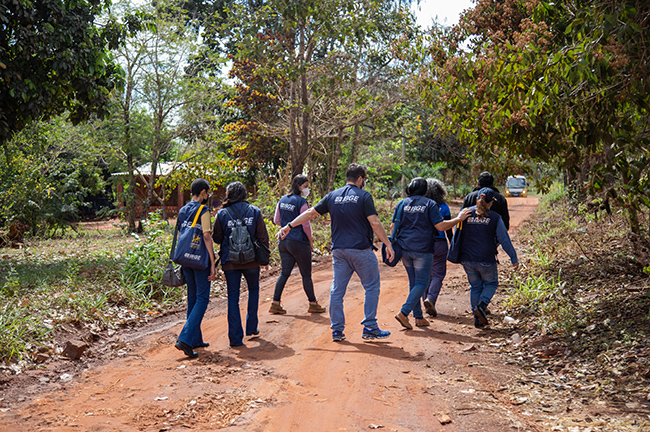
“One of the peculiarities of our state are Indigenous villages in the middle of urban areas,” states Mario Frazeto, IBGE state superintendent in Mato Grosso do Sul. “We even have some villages here in Campo Grande, gathering a big Indigenous population, proud of their culture. And the Census will not leave someone out,” assures him, adding that community guides and interpreters can be summoned to help the data collection in more distant areas. Villages and communities not previously mapped will also be included in the databases by the enumerators. On the other hand, voluntarily isolated peoples do not enter in the 2022 Census.
Xokó people, in Sergipe, was also visited by the IBGE
Still under the mark of the Day of Mobilization of the Indigenous Census, the IBGE visited the Xokó Indigenous territory, supported by the State Branch of Sergipe. The Xokó people live in the Ilha de São Pedro villages, located in the municipality of Porto da Folha. The approach meeting with the leaders occurred during the visit. According to the local planning, the application of the household questionnaire would begin in the following day.
“This is a very important work, because we will know about our conditions and it will update the life of each people,” expressed chief Bá, a political leader in the region. Likewise, shaman Jair dos Santos explained that “it is essential to have these data for governments to develop their work in this country. Therefore, the Census is very important to the Xokó village.”
The enumerators and the entire IBGE team that works in Indigenous territories - including those who visited Aldeia Lagoinha and the villages of the Xokó people - follow health protocols that require vaccination against Covid-19, influenza and yellow fever; presentation of a negative test for Covid-19, statement that they did not contact any person with influenza symptoms 10 days before their entrance in the area and use of face mask.




















